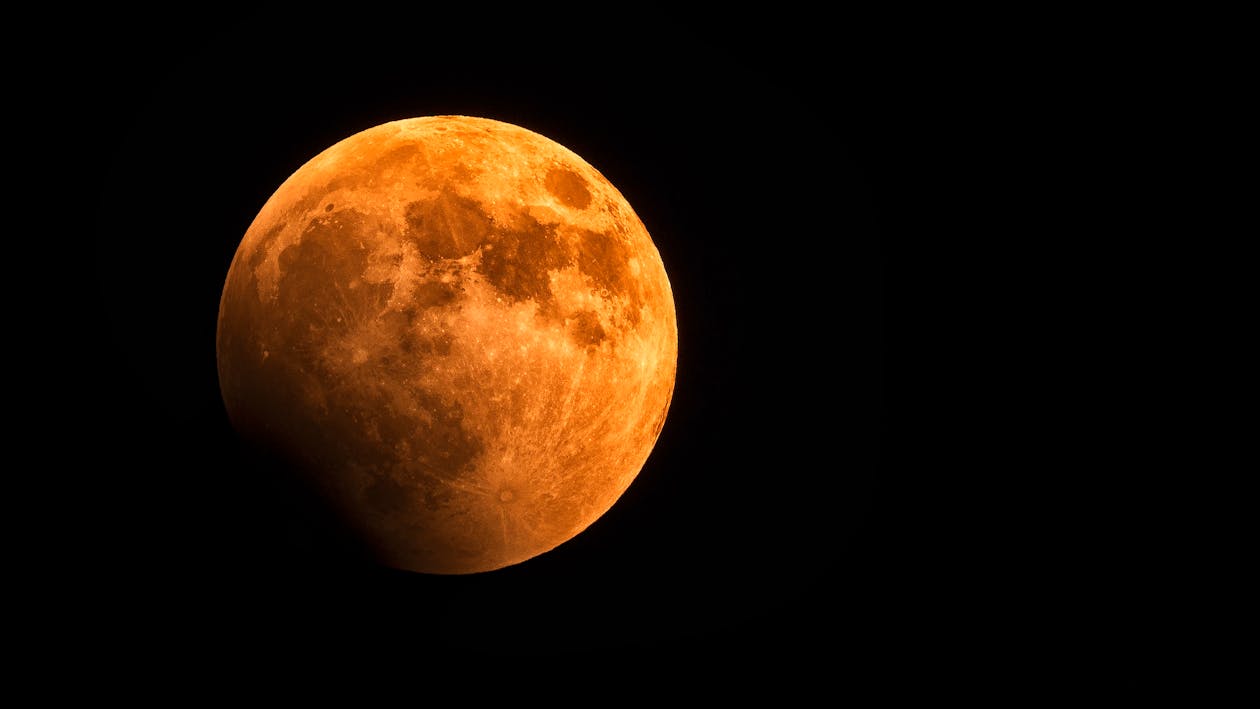For millennia, humanity has cast its gaze skyward, captivated the luminous orb gracing our night sky. The moon, our celestial companion, has woven itself into the very fabric of human experience. It has guided travelers, inspired poets and artists, and fueled scientific curiosity for generations. But beyond its undeniable beauty, the moon holds a profound significance, deeply intertwined with our planet’s history and shaping the very course of life on Earth.
A Celestial Dance: The Moon’s Influence on Earth
The moon’s gravitational pull exerts a powerful influence on Earth, orchestrating a celestial ballet that governs our tides. As the moon orbits Earth, its gravitational force creates bulges in the oceans, resulting in high and low tides. This rhythmic rise and fall of the seas has sculpted our coastlines, influenced the migration patterns of marine life, and even played a role in the formation of life itself.
The moon’s influence extends beyond the oceans. It stabilizes Earth’s axis, preventing our planet from wobbling erratically on its rotational path. This stability is crucial for maintaining a habitable climate, ensuring a more predictable distribution of sunlight across the globe.
A Geological Marvel: Unveiling the Moon’s Secrets
The moon’s surface, a stark tapestry of craters, plains, and mountains, tells a story of our solar system’s violent past. Billions of years ago, a celestial impact of unimaginable force is believed to have sheared a large chunk of Earth’s mantle, forming the moon. This theory, known as the giant impact hypothesis, is supported the remarkable similarities in the composition of lunar rocks and Earth’s mantle.
The moon’s surface bears the scars of its tumultuous past. The vast, dark regions known as maria are solidified pools of ancient lava flows, remnants of a period of intense bombardment asteroids and comets. Craters, some colossal in scale, mark the impact points of these celestial projectiles, offering a glimpse into the chaotic early days of our solar system.
A Stepping Stone: The Moon and the Dawn of Space Exploration
The moon has served as a stepping stone for humanity’s celestial aspirations. The Apollo missions, a defining chapter in human history, saw the first crewed landings on the lunar surface. These missions not only yielded invaluable scientific data but also captured the imagination of the world, igniting a passion for space exploration that continues to this day.
The moon serves as a natural laboratory, allowing scientists to study the effects of long-term exposure to the harsh environment of space. Lunar research has yielded insights into the formation of planets, the history of solar radiation, and the potential for resource extraction on celestial bodies.
A Beacon of Inspiration: The Moon’s Influence on Culture and Humanity
The moon’s influence transcends the realm of science; it has profoundly shaped human culture and artistic expression. Countless myths and legends weave stories around the moon, associating it with fertility, divinity, and the passage of time. From the ancient Egyptians worshipping the moon god Khonsu to the Chinese mooncake festival celebrating togetherness, the moon has served as a unifying symbol across cultures.
The moon’s ethereal beauty has inspired countless works of art and literature. Poets have penned sonnets under its soft glow, artists have captured its phases in paintings, and musicians have composed symphonies that echo its celestial rhythm. The moon continues to be a muse, a source of endless fascination and inspiration.

Looking Forward: The Moon as a Gateway to the Future
As we look towards the future of space exploration, the moon remains a critical stepping stone. The Artemis program, spearheaded international collaboration, aims to establish a sustainable human presence on the moon. This endeavor holds immense potential, paving the way for further exploration of the solar system and potentially even serving as a launchpad for missions to Mars.
The moon also holds the promise of valuable resources. Lunar ice deposits, potentially harboring water, might provide a crucial source of fuel for future missions. Additionally, research suggests the presence of rare earth elements on the moon, which could have significant technological and economic implications.
Conclusion: A Celestial Bond
The moon is much more than just a beautiful celestial object adorning our night sky. It is a celestial partner, a silent witness to our planet’s history, and a source of endless fascination and inspiration. As we continue to unravel its secrets and explore its potential, the moon remains a powerful reminder of humanity’s innate desire to reach for the stars.



